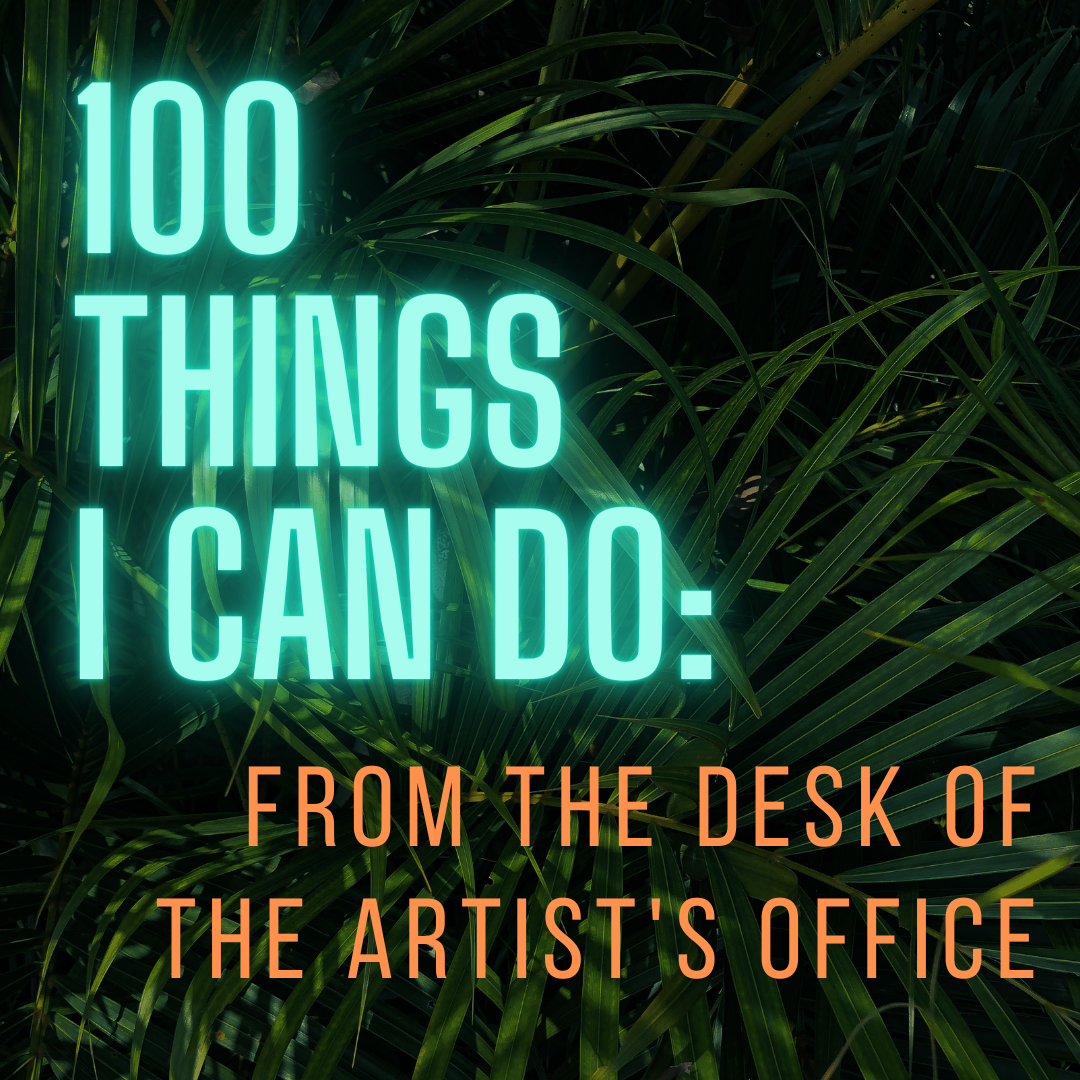If you don't tell them...
(Here for the discount? Scroll to the bottom for more info)
When my partner, Matt, was in his twenties he wanted to become a published writer. He had a friend—Mo—with the same goals and they supported each other and made introductions to editors and publishers for one another.
Mo started writing short filler articles for the Chicago Reader—the free weekly paper in Chicago where they both lived. After paying his dues, Mo was offered a feature article. This was a big deal. The feature was published and when the issue came out, Matt took Mo to a bar to celebrate.
The Reader was available at the door of almost every bar and restaurant in Chicago and when they arrived at the bar, Mo grabbed a stack and began passing them out to everyone in the bar, including the bartender. He asked each and every person, "Have you read the Reader yet? You should read the feature article. I think it's pretty good.” And when they asked why they should read it, Mo said: “Because I wrote it."
Matt was incredibly embarrassed; his lifelong practice of social distancing from shameless self-promotion was rattled by Mo’s self-confidence. When Matt told him to cut it out, Mo said in his Chicago accent: "If you don't tell them, how they gonna know?"
Matt and I repeat this question to each other a lot. It's the answer to so many things. Should I invite that curator over for a studio visit? Should I email that writer and tell them I loved their article because I am working on a similar project? Why wasn’t I selected for that show that my work would have been perfect for? What if no one will find out about my work? Will I die in obscurity?
The answer is usually: if you don't tell them, how they gonna know?
Speaking for myself, finding opportunities to share my work is the most important task I do after making my artwork. I don't want my paintings to live on my storage racks indefinitely; I want to gain recognition and visibility and participate in the art world. And I want to make some sales! To do this:
I apply for open calls.
I perform cold and warm outreach.
I invite people to my studio so I can share my excitement about my work.
I practice my elevator pitch so I'm not awkward talking about my work to strangers.
I am proud of my work and I want people to know about it so that they can consider it for future opportunities. And even though self-promotion does not come easy to me, if I don't tell them, how they gonna know?
To help you gain visibility and share your work, I have created the Monthly Artist Deadlines Subscription.
For a Limited Time:
I am offering the first three months of a Monthly Artist Deadlines Subscription for $80 (normally $105) to new subscribers.
After 3 months, Subscribers will be charged $35 each month.
Discount Code: visibility2025
Discount Available: April 1- 8, 2025


















